Transforming a space into a visually stunning masterpiece has always been a source of curiosity, especially when it comes to decorative painting ideas for adults. Whether you’re a seasoned artist or someone looking to dip their toes into creative expression, the world of decorative painting offers endless possibilities. From vibrant wall art to intricate faux finishes, there’s a technique and style to suit every taste and skill level. Discover how simple decorative painting ideas can elevate your home decor, turning ordinary spaces into extraordinary ones. Explore everything from classic tole painting patterns to unique furniture decoration techniques, and learn how to incorporate decorative painting into your daily life for a fresh perspective on art and design.
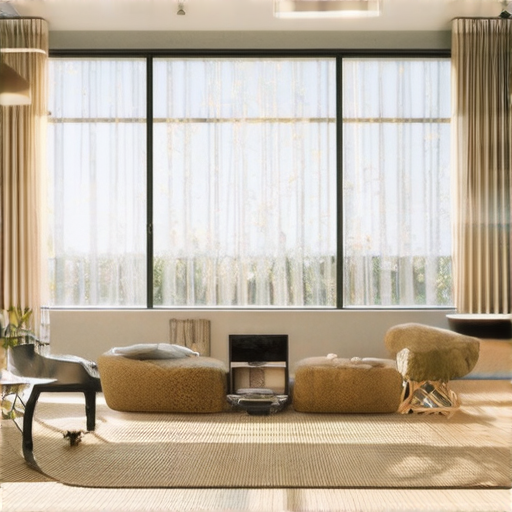
Example of Decorative Painting
Decorative painting encompasses a variety of artistic techniques used to enhance surfaces through color, patterns, and textures. Here are some common forms and examples:
-
Tole Painting
Tole painting involves applying paint onto pre-treated surfaces like canvas, wood, or metal. Popular for home decor, it creates textured, vibrant designs often used in wall art or furniture decoration.
Tips: Ideal for creating statement pieces in living rooms or bedrooms.
-
Faux Painting
Faux painting mimics high-end finishes like gold, silver, or marble. It’s perfect for updating outdated furniture or walls, offering an elegant look without the cost of genuine materials.
Tips: Best suited for transforming wooden surfaces into modern masterpieces.
-
Mural Painting
Mural painting is large-scale artwork that tells a story or showcases a scene. It’s ideal for outdoor spaces, commercial buildings, or grand interior walls.
Tips: Great for creating focal points in public areas or large open spaces.
-
Stenciling
Stenciling involves applying a stencil template to paint a pattern or design. It’s a low-cost method for adding geometric, floral, or abstract motifs to walls, floors, or furniture.
Tips: Perfect for achieving repetitive, symmetrical designs effortlessly.
-
Ornamentation
Ornamentation adds intricate details or embellishments to surfaces. This could involve painting borders, applying metallic accents, or incorporating relief techniques for a highly decorative effect.
Tips: Ideal for creating elaborate designs on mirrors, picture frames, or architectural elements.
Choosing the right decorative painting technique depends on your surface and style preferences. Whether you’re aiming for a classic look or a contemporary vibe, there’s a method to suit every taste. Explore more ideas and tutorials on PravyloProject to find inspiration for your next creative project!
How to Get Creative Ideas for Painting
Painting is a versatile medium that allows for endless creativity. Here are some effective strategies to inspire your next masterpiece:
- Explore Nature and Everyday Life : Look for patterns, colors, and textures in the world around you. Whether it’s the changing seasons, the shape of clouds, or the details in a flower, nature often provides unique inspiration.
- Study Art History : Examining famous artworks can reignite your creativity. Pay attention to composition, color palettes, and subject matter used by master artists to find fresh ideas.
- Keep a Sketchbook : Dedicate a small notebook or digital tool to jot down ideas, color combinations, and compositions as they come to you. This habit can help you build a collection of concepts to revisit later.
- Experiment with Color Theory : Understanding color interactions can lead to exciting combinations. Try mixing unexpected hues or applying layers of color to see how they influence your piece.
- Research Online Resources : Websites, forums, and social media groups dedicated to art and painting can offer endless inspiration. Watch videos, read articles, and see what others are creating.
- Visit Museums and Galleries : Experiencing in-person exhibitions can be transformative. Even if you can’t travel, many museums now offer virtual tours and collections online.
- Collaborate with Others : Join art classes, workshops, or online communities to discuss ideas with fellow artists. Their perspectives can open up new ways of thinking about your work.
- Try New Techniques : Push yourself to explore different mediums or styles. For example, incorporating collage elements or using unconventional tools like sponges or stencils can add dimension to your pieces.
- Focus on a Specific Theme : Choose a theme or subject that excites you, such as still lifes, portraits, or abstract expressions. This concentration can help channel your creativity effectively.
- Analyze Successful Works : Study paintings that have stood the test of time. Break down their composition, lighting, and emotional impact to understand what makes them impactful and how you can apply those principles to your own work.
- Document Your Progress : Take photos or notes of your completed pieces to track your evolution as an artist. This documentation can also serve as inspiration for future projects.
- Set Aside Dedicated Time : Schedule regular painting sessions to nurture your creativity. Consistency helps build momentum and keeps your artistic muscles active.
Remember, creativity is a personal journey. Don’t hesitate to mix and match ideas or deviate from traditional approaches. The most fulfilling artwork often comes from experimenting and trusting your intuition.
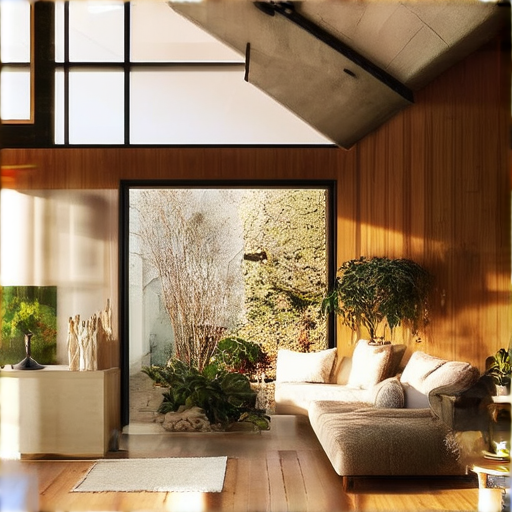
What is a Decor Painting?
A decor painting is a design technique used to enhance interior spaces through the application of paint to create visually appealing and functional artwork. Unlike traditional wall art, decorative painting allows for customization and integration into various surfaces, making it a versatile tool for home and office decoration.### Types of Decor PaintingsDecorative painting encompasses several techniques and styles, each serving distinct purposes:1. **Murals**: Large-scale paintings that cover significant wall space, ideal for creating impactful focal points in a room.2. **Stencils**: Reusable templates that allow for the creation of repetitive patterns, enabling intricate designs with less effort.3. **Trompe-l’OEIL**: A technique that tricks the eye into perceiving flat surfaces as three-dimensional, adding depth and realism to a space.4. **Sponging**: A method that uses texture to create soft, velvety finishes, adding depth and dimension to walls.### Applications of Decor PaintingDecorative painting is adaptable to various settings and design preferences:1. **Residential**: Enhance living rooms, bedrooms, and bathrooms with personalized artwork.2. **Commercial**: Used in offices, hospitals, and public spaces to create calming and inspiring environments.3. **Versatility**: Suitable for modern, minimalist aesthetics as well as traditional, elaborate designs.### Resources for Decorative PaintingFor those interested in learning more or attempting decorative painting, visit [Pravylo Project](https://pravyloproject.com/) for tutorials, project ideas, and inspiration to fuel your creativity.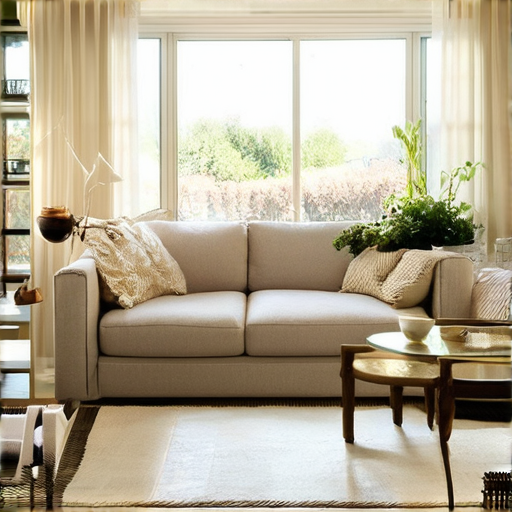
What Are the Best Painting Activities for Adults?
Painting is a versatile and therapeutic hobby that can be enjoyed by adults of all skill levels. Whether you’re looking for a relaxing pastime or a creative outlet, there are countless painting activities tailored to your interests. Here’s a curated list of engaging painting activities for adults:
- Oil Painting – Perfect for those who want to explore traditional techniques. Start with simple still lifes or landscapes and gradually experiment with different styles.
- Acrylic Pouring – A dynamic and freeing method where you pour liquid paint onto a surface to create abstract patterns. Ideal for experimenting with colors and textures.
- Canvas Stretching – Learn the process of preparing your own canvas, from priming to varnishing, to give your artwork a professional finish.
- Watercolor Workshops – Join a workshop or watch tutorials to master watercolor techniques, perfect for creating vibrant and delicate artworks.
- Graffiti Art – Channel your inner artist by exploring street art techniques on surfaces like walls or wooden panels, creating eye-catching murals.
- Collaborative Painting – Gather friends or family members to work on a shared piece, fostering teamwork and creativity.
- Life Drawing – Practice sketching live models to improve your understanding of human anatomy and proportions, a great way to challenge your skills.
- Abstract Expressionism – Unleash your emotions through bold, gestural brushstrokes and vibrant color combinations to create impactful pieces.
- Encaustic Painting – Experiment with wax and resin to create textured, three-dimensional effects that add depth to your artwork.
- Photomontage – Combine photographs and painted elements to tell a story or create a unique composition that blends reality with imagination.
- Splatter Painting – Create dramatic, colorful works by throwing paint at a surface or using techniques like dripping and splattering for a chaotic yet beautiful effect.
- Calligraphy and Lettering – Enhance your handwriting by learning elegant lettering techniques, perfect for creating decorative pieces or personalized gifts.
- Art Journals – Dedicate a journal to your artistic explorations, documenting your progress, experimenting with materials, and tracking your evolution as an artist.
- Chalk Art – Use chalk or pastels to create temporary or permanent pieces on walls or boards, ideal for public or private displays.
- Body Painting – Transform yourself or others into living canvases by applying temporary paints to create stunning, temporary works of art.
- Fresco Painting – Explore the technique of painting on damp plaster, a challenging but rewarding process that adds a historical touch to your creations.
- Stencil Art – Use pre-cut stencils or create your own to paint patterns and designs onto various surfaces, allowing for endless creative possibilities.
- Mandala Painting – Focus on symmetry and meditation while creating intricate mandalas, often used for spiritual or personal growth.
- Painted Pottery – Decorate ceramic pieces using paints or glazes, then fire them to create durable, unique items.
- Wood Burning and Painting – Combine wood burning techniques with painting to create decorative pieces, such as signs or decorative objects.
- Textile Painting – Use fabric as your canvas to create vibrant, textured works of art that can be worn or displayed.
- Painting with Numbers – Incorporate numbers or letters into your paintings for a unique twist, creating abstract or narrative compositions.
- Painting on Glass – Transform windows, mirrors, or other glass surfaces into works of art using stained glass, etching, or painting techniques.
- Painting on Metal – Create metal sculptures or decorative pieces by painting or engraving metal surfaces, giving them a industrial edge.
- Painting on Stone – Use stones as canvases to create lasting, outdoor art pieces that withstand the elements.
- Painting on Recycled Materials – Repurpose old materials like cardboard, plastic, or wood to create eco-friendly art pieces with a unique aesthetic.
- Painting on Fabric – Use clothing or large fabric pieces as canvases to create wearable art or large-scale installations.
- Painting on Ice – Create temporary or permanent ice sculptures by painting or carving ice, a fascinating way to work with transient media.
- Painting on Sand
Transform sand into works of art by creating designs in wet sand, perfect for beachside projects or garden decorations.
The Benefits of Painting for Adults
Engaging in painting activities offers numerous mental and emotional benefits:
- Stress Relief – Painting allows you to focus on the present moment, reducing stress and anxiety.
- Improved Mood – Creating art can boost serotonin levels, leading to better mood and emotional well-being.
- Creativity Enhancement – Painting stimulates your brain, fostering innovation and problem-solving abilities.
- Mindfulness Practice – Focusing on each brushstroke can promote mindfulness and relaxation.
- Social Interaction – Many painting activities can be done in groups, fostering connections and camaraderie.
Tips for Success
- Start Small – Begin with simple projects to build confidence and skills gradually.
- Find Your Medium – Experiment with different mediums like oils, acrylics, or watercolors to find your preferred style.
- Set Realistic Goals – Establish achievable objectives to stay motivated and track your progress.
- Join a Community – Participate in local art classes, workshops, or online forums to connect with fellow artists and share ideas.
Whether you’re a seasoned artist or just beginning, these painting activities for adults offer endless opportunities to express yourself creatively. Get inspired, pick up your brushes, and embark on a journey of self-discovery and artistic exploration!
What Are Good Crafts for Adults?
Engaging in crafts is a fantastic way for adults to unwind, explore creativity, and develop new skills. Whether you’re looking for relaxing pastimes or meaningful projects, here are some excellent craft ideas tailored for adults:
Handmade Projects
- Crochet Patterns: Explore beginner-friendly crochet patterns like afghans, scarves, or simple stuffed animals.
- Knit Projects: Dive into knitting with options like sweaters, hats, or intricate scarves.
- Macramé Designs: Create wall art or decorative pieces using macramé techniques.
- Woodworking Projects: Build custom furniture, decorative signs, or small wooden items like cutting boards.
Artistic Creations
- Painting and Art Journals: Start a personal art journal for daily sketches, abstract art, or themed collages.
- Photography Projects: Experiment with different photography styles, such as portrait photography or landscape shots.
- Sculpture and 3D Art: Try your hand at sculpture using materials like clay, resin, or wood.
- Digital Art: Use digital tools to create paintings, designs, or animations.
DIY Home Decor
- Handmade Wall Art: Create personalized wall art using paints, stencils, or recycled materials.
- Custom Pillow Covers: Design and sew pillow covers using fabric, embroidery, or appliqué.
- DIY Candle Holders: Repurpose materials like glass jars or driftwood to create unique candle holders.
- Planters and Terrariums: Turn household items into planters, such as recycled bottles or wooden boxes.
Jewelry Making
- Beading Projects: Learn how to bead necklaces, bracelets, or earrings using glass beads, pearls, or gemstones.
- Perfume Diffuser Holder: Create a decorative holder for essential oils or perfumes using natural materials.
- DIY Jewelry Boxes: Craft elegant jewelry boxes using wood, metal, or leather for storing your treasures.
- Wire Wrapping: Wrap wire around stones or beads to create unique pendants or necklace accents.
Crafts for Relaxation
- Adult Coloring Books: Find adult-themed coloring books with intricate designs to reduce stress.
- Calligraphy Workshops: Practice beautiful handwriting through calligraphy classes or guided exercises.
- Yoga and Art Combos: Combine yoga poses with drawing or painting for a mindful creative session.
- Mindful Crafting: Engage in repetitive tasks like knitting or macramé to promote mindfulness.
Community and Group Crafts
- Group Knitting Circles: Join a group to share patterns and support each other in crafting projects.
- Workshop Series: Attend local workshops or online courses to learn new craft techniques.
- Craft Fairs and Markets: Sell handmade creations at local events or online platforms.
- Collaborative Projects: Work on joint projects with friends or family to create something unique together.
These craft ideas offer a diverse range of activities to suit every interest. Whether you prefer creative solitude or collaborative teamwork, there’s something here for everyone. Get started today and unlock your inner artist!
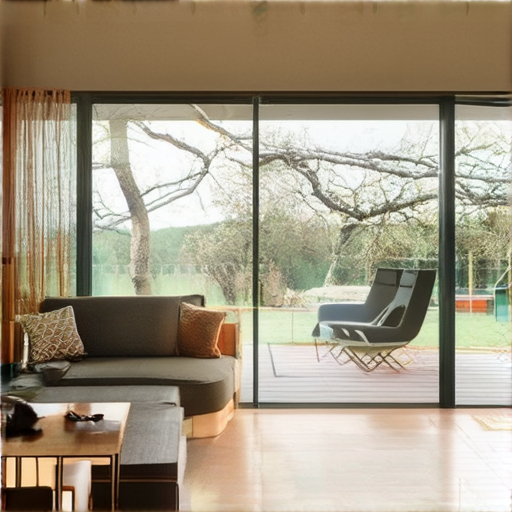
How to Make SIP and Paint Fun for Adults
Creating a fun and engaging SIP and paint party for adults requires careful planning and attention to detail. Here are some tips to ensure your event is successful:
Planning and Preparation
- Choose a Theme: Decide on a theme that matches your event’s vibe. Popular options include “Bohemian Night,” “Wild West Paint Party,” or “Glitz and Glam.” Each theme can feature its own color palette and music selection.
- Location Setup: Select a suitable location with enough space for painting. Consider home, art studios, or local venues with tables, chairs, and easy access to power outlets.
- Art Supplies: Provide high-quality paints, brushes, canvases, and aprons. Include optional extras like sketchbooks or palettes for experienced artists.
- Timing and Age Restrictions: Set a start time that allows for a relaxed pace and consider age restrictions to ensure the event’s appropriateness.
Activities and Games
- Featured Artist or Guest Speaker: Invite a local artist or creative expert to lead the session or share tips and tricks.
- Interactive Games: Incorporate games like “SIP and Spell” (word guessing based on painted words) or “Paint and Play” (charades with a artistic twist).
- Group Activities: Organize collaborative painting projects where guests work together to create a large piece, fostering teamwork and camaraderie.
Food and Drink
- Pairings: Offer wine, beer, cocktails, and non-alcoholic options. Pair them with finger foods like cheese platters, sliders, or skewers.
- Drink Presentation: Use colorful cups, straws, and garnishes to enhance the SIP-and-paint experience.
Engagement and Entertainment
- Live Entertainment: Hire a DJ, band, or musician to play background music that aligns with the event’s theme.
- Prizes and Giveaways: Award prizes for the best artwork, most creative interpretation, or a fan favorite vote.
- Photo Booth: Set up a designated area with props and a backdrop for guests to take fun photos throughout the event.
Conclusion
A well-planned SIP and paint party can be a memorable and rewarding experience for adults. By focusing on creativity, relaxation, and social interaction, you can create an event that everyone will enjoy. Whether you’re hosting at home or organizing a larger gathering, these tips will help ensure your party is a hit!



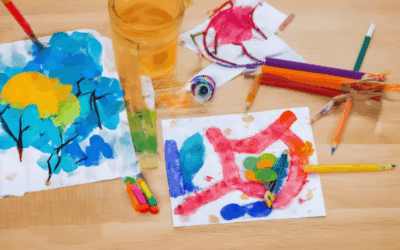
0 Comments